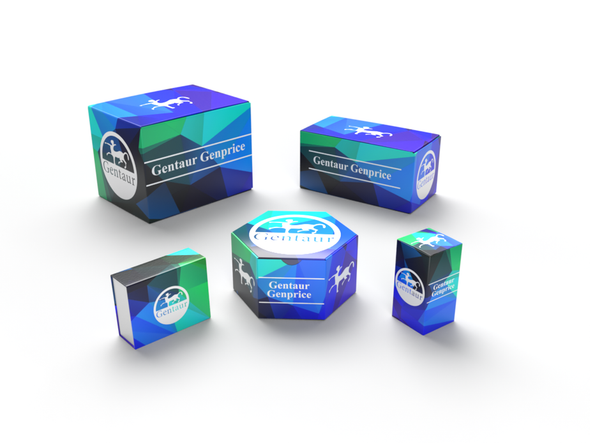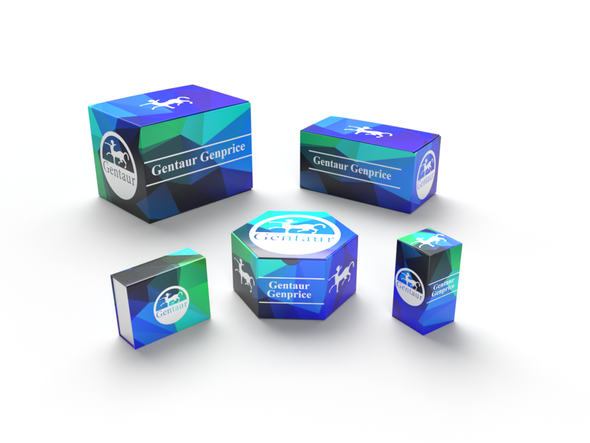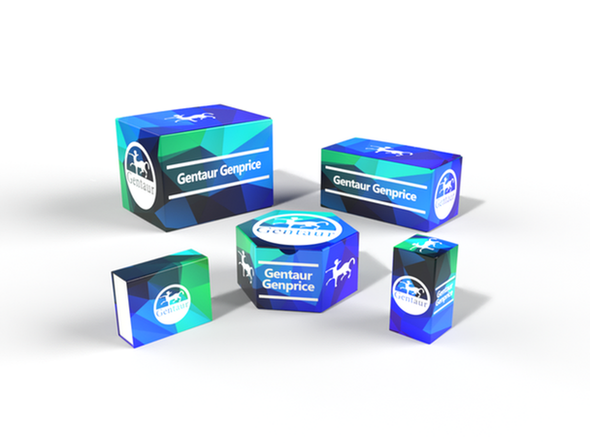740
Rat Toll-like receptor 4 (TLR4) ELISA Kit | AE14859RA
- SKU:
- 740-AE14859RA
- Availability:
- Usually ships in 5 working days
Description
Rat Toll-like receptor 4 (TLR4) ELISA Kit | AE14859RA | Gentaur UK, US & Europe Distribution
Species Reactivity: Rat (Rattus norvegicus)
Abbreviation: TLR4
Alternative Name: ARMD10; CD284; TOLL; hToll; homolog of Drosophila toll
Application: ELISA
Range: Request Information
Sensitivity: Request Information
Intra-Assay: ≤6.3%
Inter-Assay: ≤7.8%
Recovery: 1, 01
Sample Type: Serum, Plasma, Other biological fluids
Detection Method: Sandwich
Analysis Method : Quantitive
Test Principale: This assay employs a two-site sandwich ELISA to quantitate TLR4 in samples. An antibody specific for TLR4 has been pre-coated onto a microplate. Standards and samples are pipetted into the wells and anyTLR4 present is bound by the immobilized antibody. After removing any unbound substances, a biotin-conjugated antibody specific for TLR4 is added to the wells. After washing, Streptavidin conjugated Horseradish Peroxidase (HRP) is added to the wells. Following a wash to remove any unbound avidin-enzyme reagent, a substrate solution is added to the wells and color develops in proportion to the amount of TLR4 bound in the initial step. The color development is stopped and the intensity of the color is measured.
Product Overview: TLR 4 is a member of the Toll-like receptor (TLR) family which plays a fundamental role in pathogen recognition and activation of innate immunity. TLRs are highly conserved from Drosophila to humans and share structural and functional similarities. They recognize pathogen-associated molecular patterns (PAMPs) that are expressed on infectious agents, and mediate the production of cytokines necessary for the development of effective immunity. The various TLRs exhibit different patterns of expression. This receptor is most abundantly expressed in placenta, and in myelomonocytic subpopulation of the leukocytes. It has been implicated in signal transduction events induced by lipopolysaccharide (LPS) found in most gram-negative bacteria. Mutations in this gene have been associated with differences in LPS responsiveness.
Stability: The stability of ELISA kit is determined by the loss rate of activity. The loss rate of this kit is less than 5% within the expiration date under appropriate storage condition. The loss rate was determined by accelerated thermal degradation test. Keep the kit at 37°C for 4 and 7 days, and compare O.D.values of the kit kept at 37°C with that of at recommended temperature. (referring from China Biological Products Standard, which was calculated by the Arrhenius equation. For ELISA kit, 4 days storage at 37°C can be considered as 6 months at 2 - 8°C, which means 7 days at 37°C equaling 12 months at 2 - 8°C) .










